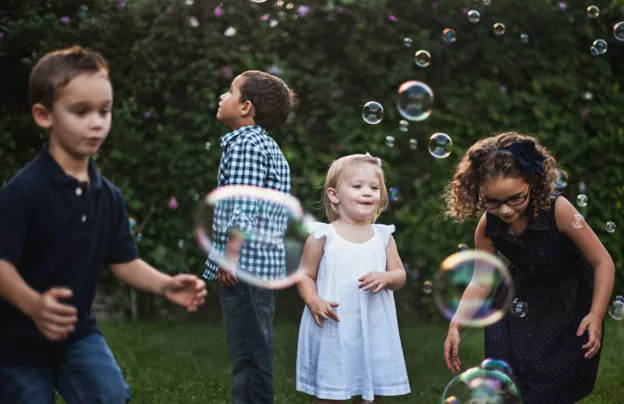The changing face of the modern family
It’s International Day of Families, so I’m sharing my thoughts on how the family unit has changed in modern society.
For most, we can’t control the shape or makeup of our family, particularly after a separation.
If a couple separates, how they’re able to parent after will depend on different factors, such as whether or not their separation was amicable and other things such as safety.
Some parents will be able to co-parent after separation, whereas others may choose parallel parenting if they aren’t able to communicate effectively. For some solo parenting may be the only option because of different factors such as safety or if their ex-partner is no longer in the picture.
Whether or not you’re co-parenting, parallel parenting, solo parenting or something completely different, the family unit looks very different in today’s society, which is something we should all embrace and is the focus of this blog.
As divorce rates rise, many people find themselves in relationships where one or both partners have children from a previous marriage or relationship. This new family type is often called blended families or stepfamilies. While blending families can be a wonderful and fulfilling experience, it can also come with challenges as family dynamics change.
One of the most significant changes that come with blended families is the addition of new family members. Children may suddenly find themselves with new step-siblings, step-parents, and even step-grandparents. This adjustment can be difficult, especially for children who may have to share bedrooms, toys, and other possessions with their new siblings.
Another significant change is the shift in family roles and responsibilities. In blended families, there may be two sets of parents who have different parenting styles, rules, and expectations. This can lead to conflict, especially if one parent feels that the other is overstepping their boundaries.
Communication is key in blended families and it is essential for all family members to have open and honest discussions about their feelings and expectations. This includes discussing rules and expectations for the children, such as discipline, chores, and other responsibilities.
As well as communication, it is also important for blended families to create a sense of unity and togetherness. This can be done through family activities and new traditions, such as weekly family dinners, game nights, or holiday celebrations.
Finally, it is important for blended families to seek support when needed. This may include family counselling, coaching, or support groups. These resources can provide families with the tools and skills needed to navigate the unique challenges that come with blending families.
I know better than most how difficult being a single parent can be, but I also know the joys of the journey of solo parenting. That’s why I created The Divorce Podcast as a safe space to explore lots of different family types and ways of parenting apart after separation.
At amicable, we help couples to separate without solicitors and keep their families as the priority during the process. Keeping children as the central focus means that parents are able to maintain a good parenting relationship after their separation, which helps reduce parental absence and conflict.
Read More

“The majority of stepparents, myself included, will tell you that they thought it would be so much easier to be a stepparent than it actually was.” We enter into…
-1-1.webp)
Parallel parenting is a unique arrangement that can be a consciously made decision or simply fallen into by circumstance. It is when two parents who are…

Creating your blended family can be tricky and treacherous at the beginning, but if you persevere then it can bring so much reward. Here are some…

Co-parenting advice
Speak to a Co-parenting Specialist for help with all aspects of separated parenting.
Book a free 15-minute consultation





Comments (0)